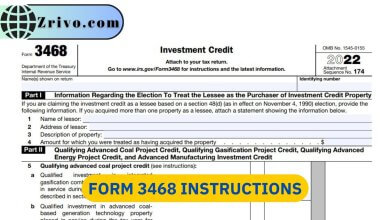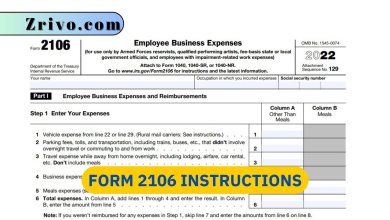7 Tax Tips for Individual Filers
Tax season may be troublesome for many individuals. This article will provide seven valuable tax tips to help individuals navigate the tax filing process effectively and confidently.

Contents
Filing taxes as an individual is an important responsibility that most individuals encounter each year. Understanding the process and requirements for filing taxes can help ensure compliance with the tax laws and maximize potential refunds or minimize tax liabilities. Organizing your documents, understanding your filing status, exploring deductions and credits, making retirement account contributions, staying informed about tax law changes, e-filing your return, and seeking professional assistance when needed will help streamline your tax filing process and potentially save you money. Remember to consult a tax professional for personalized advice based on your financial situation.
1. Gather and Organize Your Documents
Before diving into your tax return, gather all relevant documents, including W-2 forms, 1099 forms, mortgage interest statements, investment statements, and any other documentation related to your income and deductions. Organize these documents systematically, ensuring that you have all the necessary information to accurately complete your tax return.

2. Determine Your Filing Status
Your filing status significantly determines your tax liability, deductions, and eligibility for certain credits. Common filing statuses include Single, Married Filing Jointly, Married Filing Separately, Head of Household, and Qualifying Widow(er) with Dependent Child. Understanding which filing status applies to your situation is crucial for accurate tax filing.
3. Consider Tax Deductions and Credits
Take advantage of available deductions and credits to reduce your tax liability. Common deductions include mortgage interest, state and local taxes, charitable contributions, and student loan interest. Explore credits such as the Earned Income Tax Credit, Child Tax Credit, and Lifetime Learning Credit, among others. Be aware of eligibility requirements and gather supporting documentation to effectively claim these deductions and credits.
4. Explore Retirement Account Contributions
Contributing to retirement accounts not only helps secure your financial future but can also provide tax benefits. Contributions to traditional Individual Retirement Accounts (IRAs) or employer-sponsored retirement plans, such as 401(k)s, may be tax-deductible, reducing your taxable income. Additionally, Roth IRAs offer tax-free withdrawals in retirement. Consider maximizing your contributions to these accounts within the allowable limits.

5. Stay Informed about Tax Law Changes
Tax laws can change from year to year, affecting deductions, credits, and other provisions. Stay informed about any updates or changes to the tax code that may impact your tax return. Follow reputable sources such as the Internal Revenue Service (IRS) website, tax publications, or consult with a tax professional to ensure you are up to date with the latest tax regulations and opportunities.
6. File Your Tax Return Electronically
Filing your tax return electronically offers several advantages, including faster processing, increased accuracy, and confirmation of receipt from the IRS. E-filing also lets you choose direct deposit for any tax refund, further expediting the refund process. Many tax software programs provide a user-friendly interface to electronically guide you through the filing process.
7. Seek Professional Assistance When Needed
While many individuals can confidently navigate their tax returns, complex situations may benefit from professional assistance. Tax professionals, such as certified public accountants (CPAs) or enrolled agents, can provide expert guidance, ensure accurate filing, and identify additional opportunities for tax savings. Consider seeking professional help if you have a business, investments, international tax considerations, or encounter any tax-related complexities.





